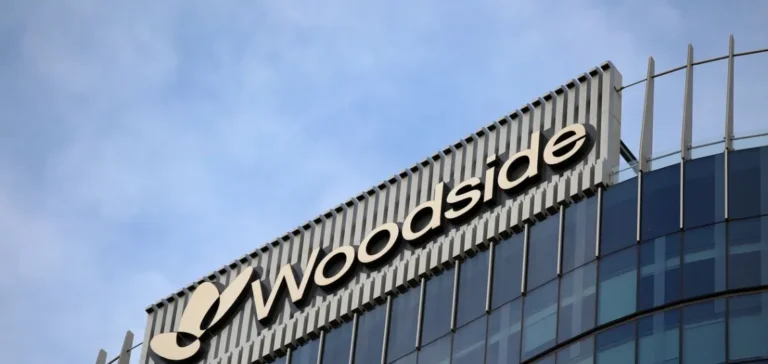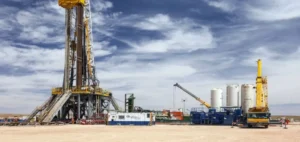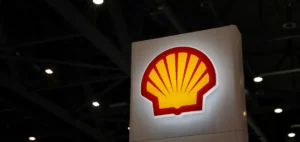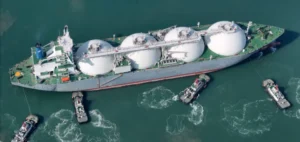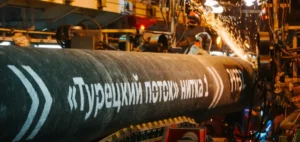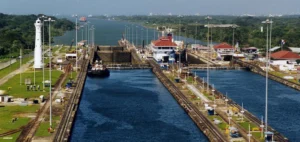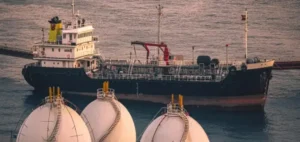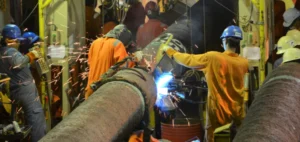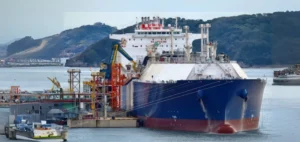Woodside Energy Group Ltd and the Ministry of Petroleum and Mineral Resources of East Timor have announced an agreement to assess the feasibility of exporting liquefied natural gas (LNG) from the offshore Greater Sunrise field. The proposed project, with a planned capacity of 5 million tonnes per year, could enter production between 2032 and 2035, according to a joint statement.
A long-delayed project marked by regional disputes
This marks the first official reference to a commissioning timeline for a field that has remained undeveloped for decades due to longstanding disagreements between the governments of Australia, East Timor, and New Zealand. Dili maintains a firm position: the gas must be processed at a new LNG facility on East Timor’s territory, not in Darwin, Australia, as originally proposed by Woodside.
The Greater Sunrise field, located in the Timor Sea, is one of the most significant undeveloped gas reserves in the region. However, its development has been hindered by the depth of the Timor Trough, a major technical obstacle to laying undersea pipelines to the Timorese coast.
Technical challenges and financial trade-offs ahead
Woodside Chief Executive Officer Meg O’Neill stated that the agreement will help resolve outstanding commercial issues, including the downstream structure of the project, to attract necessary funding and clarify the proposed export pipeline route. She mentioned the possibility of using modular liquefaction units on-site to reduce infrastructure costs.
The project will also include a domestic helium plant, targeting a resource in high demand due to its scarcity and essential role in the semiconductor industry. Francisco da Costa Monteiro, a representative of East Timor, stated that developing the Sunrise site through the TLNG facility would offer the “greatest economic, social and strategic benefits” for the population.
Legal and fiscal frameworks under discussion
Alongside the technical assessments, the Sunrise joint venture partners must agree with the governments of the three countries on the legal, tax, and regulatory frameworks governing upstream development. A maritime boundary agreement signed by Australia and East Timor in 2018 removed a longstanding geopolitical barrier that had previously stalled progress on the project.


